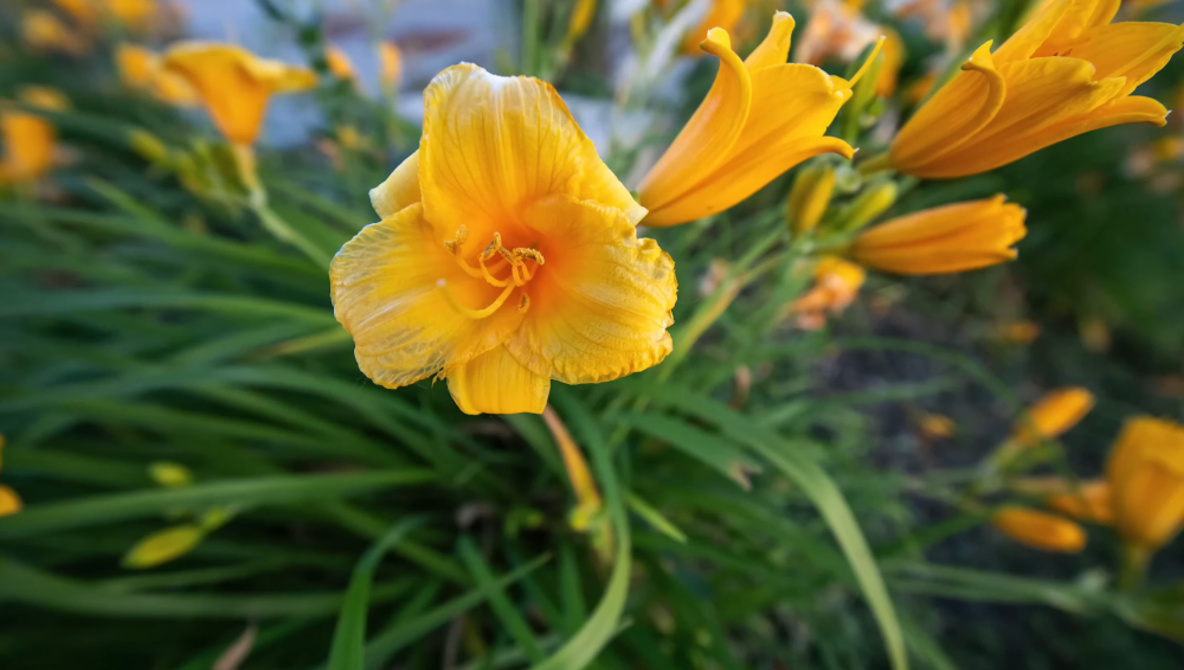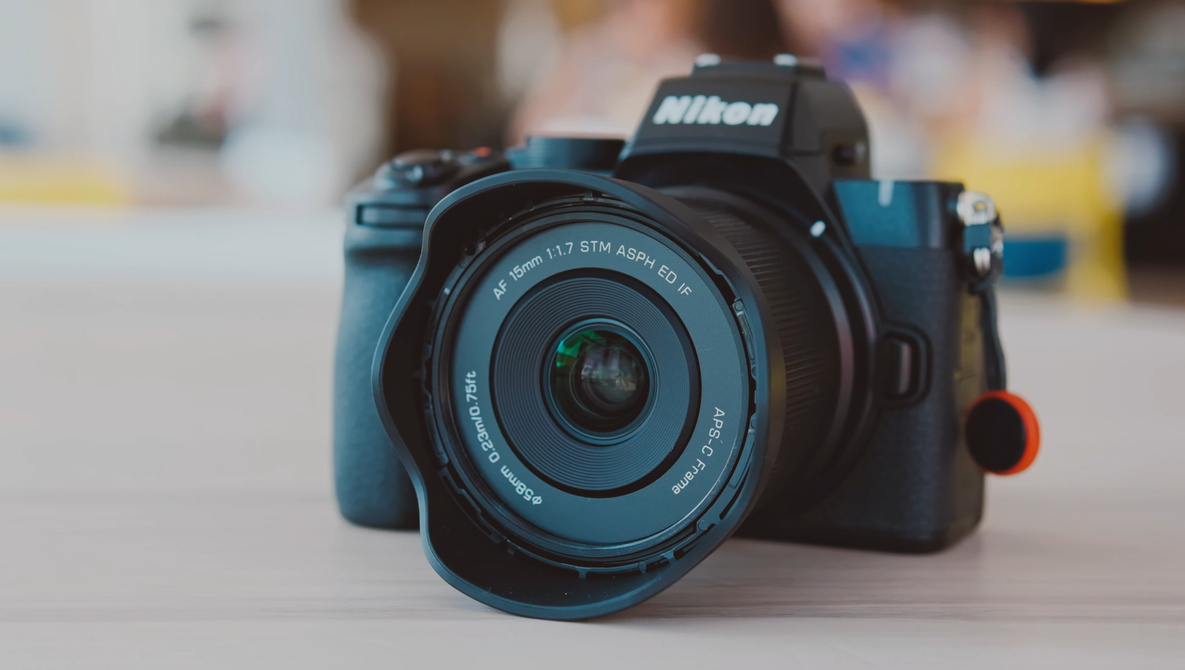Articles

Hummingbirds in migration
Photofocus My wife, Holly, has a special relationship with hummingbirds. She maintains the feeders year round for our residents and exponentially increases as the critters pass on their migrations. More on that below. Feeding in St. Thomas, USVI Holly took care of the hummingbirds at our home in St Thomas, USVI. We had a regular set of the birds at the feeders. But, following a Category 4 hurricane that lasted for over 18 hours, we were inundated. It started with waking to a denuded island with nary a blade of grass or leaf left on the trees. While looking at the devastation on the front porch, a wee hummer came up and landed on Holly’s finger. Immediately she deployed six feeders that she had prepped and refrigerated. Within an hour, word obviously went out and there were hummingbirds at every hole in every feeder stacked three and four deep. No fighting. Just each getting its fill and the next bird in line filling up. For the next months we were going through 50 pounds of sugar a week. As a thank you, the birds cleaned all the grass bits and leaves that had been driven into our walls. They needed to rebuild their nests and because the food source was there, we benefited. The neighbors that stlll had houses following the storm surrounding us had to have their walls power washed. Fast forward to Sedona, Arizona When we moved to Sedona my wife said, “I’m not going to get into the feeding of the hummers again.” When she went out to trim some blooms that were past prime on a Hesper Aloe plant, a Rufus hummingbird saw the clippers. As Holly approached the plant, the bird stood its ground. As Holly tried to side-step, the Rufus kept blocking her approach and stayed there until the clippers were put away. The rest as they say is history. Holly started with one feeder. Now, we are a major stop on the annual migrations south and north with over 100 hummingbirds using our house as a way station. Want to set up feeders? It’s very important that should you decide to put out feeders for hummingbirds that you use the right mixture. Here are some tips from Holly. Use only granulated cane sugar with a mixture of one cup of sugar to four cups of water. Boil up your water to mix the sugar in. Some feeders are better than others. Hummers are attracted to the color red. Our favorite feeder is now a tall glass lantern-like feeder with soft silicone feeding holes. Note that many less expensive feeders have yellow flourishes on the feeding holes. Bees are attracted to the color yellow so they were a problem until the yellow ones were replaced. The photo at the head of this article is a feeder our next door neighbor is deploying. When you have an established feeding area you can be a little more creative with your feeder choices. Note that there are red flower ports. Make sure feeders are kept clean and leftover sugar water is replaced every two to three days at a minimum depending upon the heat. When cleaning, use can use a vinegar and water solution. That acts as an antibacterial and is easier to rinse out versus using soap. Photography of hummers When setting up your feeding stations, the hummingbirds prefer easy access. Corners work well so they can access from multiple directions. If you can set up perches near where the feeders are you’ll have more photo opportunities as the hummingbirds will land and return to those same perches. Spend time observing where and how the birds approach the feeders. You will learn repetition for their movements. More ideas and examples on hummingbird photography in the next article! Yours in Creative Photography, Bob
My wife, Holly, has a special relationship with hummingbirds. She maintains the feeders year round for our residents and exponentially increases as the critters pass on their migrations. More on that below. Feeding in St. Thomas, USVI Holly took care of the hummingbirds at our home in St Thomas, USVI. We had a regular set of the birds at the feeders. But, following a Category 4 hurricane that lasted for over 18 hours, we were inundated. It started with waking to a denuded island with nary a blade of grass or leaf left on the trees. While looking at the devastation on the front porch, a wee hummer came up and landed on Holly’s finger. Immediately she deployed six feeders that she had prepped and refrigerated. Within an hour, word obviously went out and there were hummingbirds at every hole in every feeder stacked three and four deep. No fighting. Just each getting its fill and the next bird in line filling up. For the next months we were going through 50 pounds of sugar a week. As a thank you, the birds cleaned all the grass bits and leaves that had been driven into our walls. They needed to rebuild their nests and because the food source was there, we benefited. The neighbors that stlll had houses following the storm surrounding us had to have their walls power washed. Fast forward to Sedona, Arizona When we moved to Sedona my wife said, “I’m not going to get into the feeding of the hummers again.” When she went out to trim some blooms that were past prime on a Hesper Aloe plant, a Rufus hummingbird saw the clippers. As Holly approached the plant, the bird stood its ground. As Holly tried to side-step, the Rufus kept blocking her approach and stayed there until the clippers were put away. The rest as they say is history. Holly started with one feeder. Now, we are a major stop on the annual migrations south and north with over 100 hummingbirds using our house as a way station. Want to set up feeders? It’s very important that should you decide to put out feeders for hummingbirds that you use the right mixture. Here are some tips from Holly. Use only granulated cane sugar with a mixture of one cup of sugar to four cups of water. Boil up your water to mix the sugar in. Some feeders are better than others. Hummers are attracted to the color red. Our favorite feeder is now a tall glass lantern-like feeder with soft silicone feeding holes. Note that many less expensive feeders have yellow flourishes on the feeding holes. Bees are attracted to the color yellow so they were a problem until the yellow ones were replaced. The photo at the head of this article is a feeder our next door neighbor is deploying. When you have an established feeding area you can be a little more creative with your feeder choices. Note that there are red flower ports. Make sure feeders are kept clean and leftover sugar water is replaced every two to three days at a minimum depending upon the heat. When cleaning, use can use a vinegar and water solution. That acts as an antibacterial and is easier to rinse out versus using soap. Photography of hummers When setting up your feeding stations, the hummingbirds prefer easy access. Corners work well so they can access from multiple directions. If you can set up perches near where the feeders are you’ll have more photo opportunities as the hummingbirds will land and return to those same perches. Spend time observing where and how the birds approach the feeders. You will learn repetition for their movements. More ideas and examples on hummingbird photography in the next article! Yours in Creative Photography, Bob















